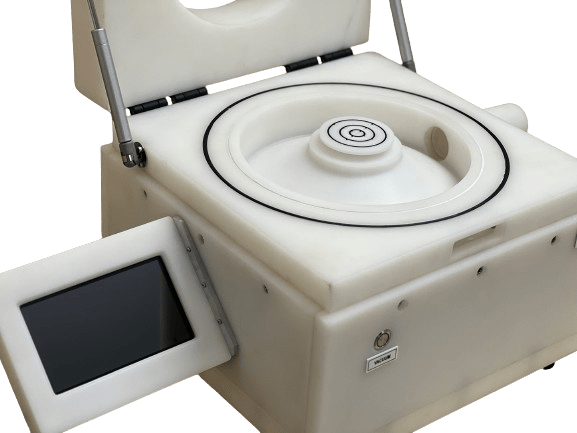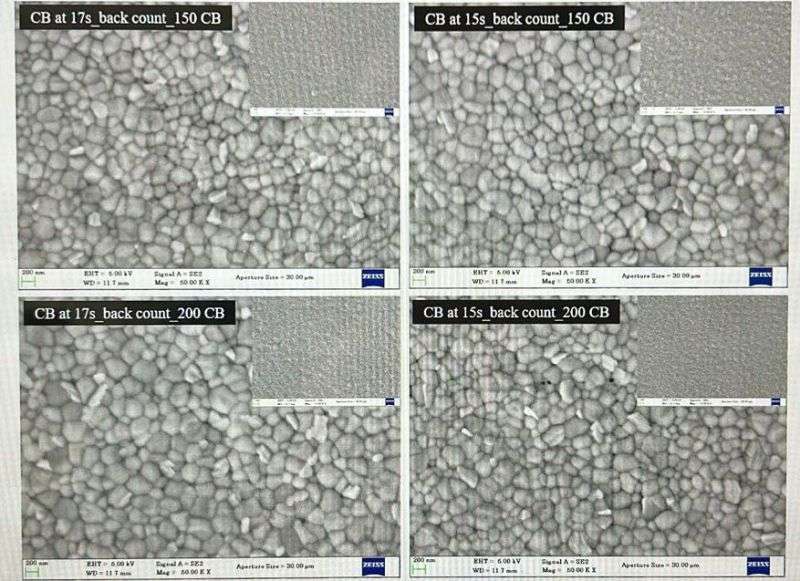
Spin Coating Shaping Tomorrow’s Technologies
Have you ever wondered how those incredibly thin films are applied to everyday objects, from your smartphone screen to the solar panels on your roof? The answer lies in a fascinating technique called spin coating, that’s not anywhere close to that of a carnival ride one can imagine when it comes to the word “spin”. In-fact the process to spin coat is a cornerstone technology that is being used in scientific research and industry to create uniform layers of material at the nanoscale and at high efficiencies.
The Art of the Spin Coat

As you will be knowing, the spin coater machine is a miniature platform that rotates at high speeds, and here is how spin coating works its magic:
- Scientists first dissolve a specific material in a solvent, creating a coating solution.
- The foundation for the film, substrates are typically flat and rigid surfaces that are meticulously cleaned for optimal results.
- A small amount of the solution is precisely deposited onto the center of the non-spinning substrate.
- The platform ramps up to a specific speed, thus flinging the coating solution outwards due to centrifugal force.
- As the solvent evaporates, it creates a uniform film of the coating material on the substrate.
The Delicate Dance of Speed, Solvent, and Substrate
Here are three factors that play a critical role in determining the final film’s properties from a spin coat process:
- A higher spin speed translates to a thinner film, however if the spinning is too fast, it can lead to uneven deposition at the edges, similar to a cup of coffee overflowing.
- By choosing the right solvent scientists can control the evaporation rate as that significantly impacts the film’s thickness and uniformity.
- As not all surfaces are created equal, the surface chemistry and roughness of the substrate can influence film adhesion and it’s overall structure.

Spin Coat: Going Beyond the Basics for Unlocking Potential

Over the years of it’s development, the process to spin coat and it’s versatility is further enhanced by advanced techniques like:
- A two-step process with varying speeds that allows for an even thinner and more controlled film thickness.
- By dispensing the solution continuously during the spinning process, scientist have been able to gain precise film profiles.
- Researchers at leading laboratories have built multilayered films by sequentially spin-coating different materials.
A World of Applications: From Clean Energy to Medicine
The potential of a spin coat process extends far beyond the lab bench, and you will find it like a hidden hero in countless everyday technologies. Here are some developments that allows scientists to create tiny films for applications like:
- Photoresists that are crucial for microchip fabrication and rely heavily on spin coating for precise patterning.
- Uniform layers of light-absorbing materials are being deposited using this spin coat technique.
- Anti-reflective coatings and waveguides are often being created using spin coaters.
- Thin films for biosensors and drug delivery are being researched using spin-coated treatment.

A Powerful Tool for Progress
As illustrated above, you will see that spin coating, with its simplicity and affordability, remains a vital tool for creating thin films in research and industry. By understanding the interplay between speed, solvent, and substrate, scientists and researchers like yourself are unlocking the full potential of this powerful technique and contributing to the development of next-generation technologies.
